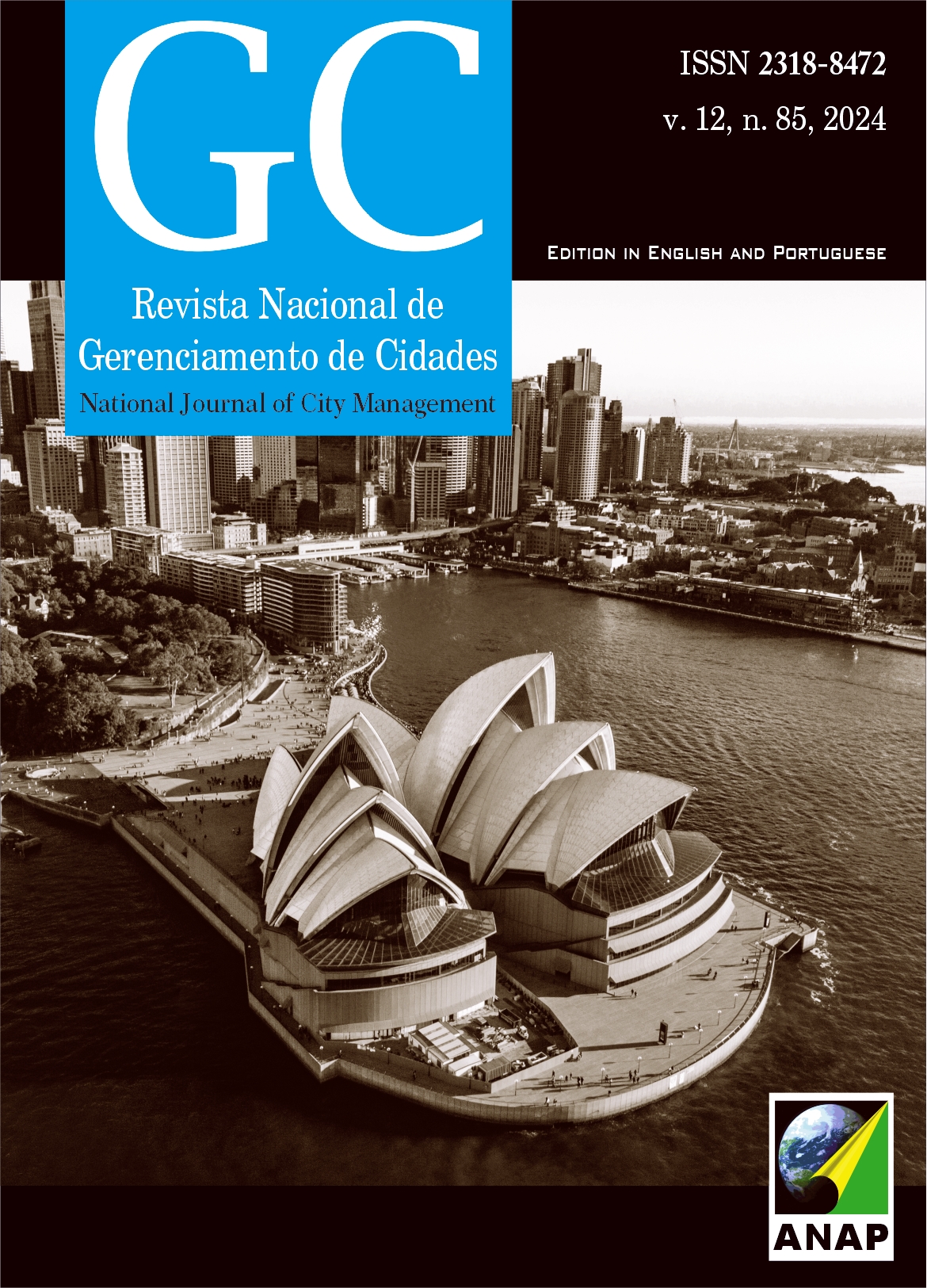Alternative materials in civil construction: a comparison between the use of conventional and recyclable materials, bricks and concrete for sustainable constructions
DOI:
https://doi.org/10.17271/23188472128520243894Palavras-chave:
Sustainable Construction, Aggregates, Sustainable Materials, Mechanical PerformancResumo
Civil construction causes environmental impact, as it consumes natural resources and generates a large amount of solid waste, raising concerns about the survival of future populations. Therefore, there has been a search for sustainable materials, to add non-conventional materials to the mass that forms bricks, blocks, pavements or make up walls in mud constructions, saving cement, sand, lime and stone. This work aims to present the aggregates that have already been experimented, tested, and that can compose the raw material with less disastrous results to the environment. A review was made in the literature, where articles, monographs, dissertations that address the subject were found. From them, a collection of the viability, opportunity and positivity of the use of aggregates was made, bringing a comparative result. The research can be useful as a basic element to guide those who intend to apply such materials, as well as to trigger and subsidize new studies, with new tests and experiments, both of these materials presented, and others that may still arise.
Downloads
Publicado
Edição
Seção
Licença
Direitos autorais (c) 2024 Revista Nacional de Gerenciamento de Cidades

Este trabalho está licenciado sob uma licença Creative Commons Attribution-NonCommercial-ShareAlike 4.0 International License.















